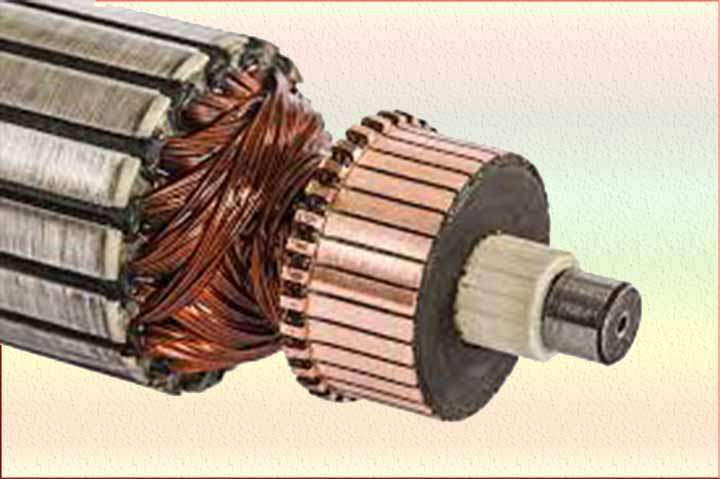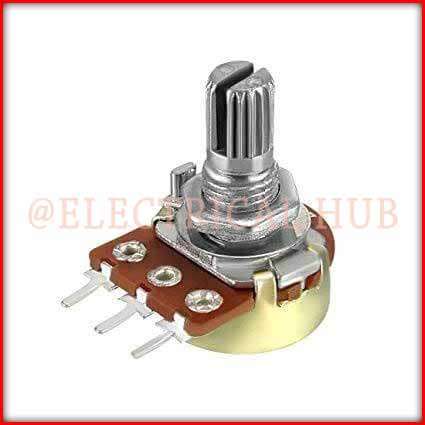Tethered vs Untethered EV Charger: Important Differences
The electric vehicle (EV) revolution is in full swing, and with it comes the growing need for reliable, efficient, and user-friendly charging solutions. One of the key decisions EV owners face is whether to opt for a tethered vs untethered EV charger. This article explores the differences, advantages, and disadvantages of both, helping you decide which is the best fit for your needs.

Table of Contents
Table of Contents
What is a Tethered EV Charger?
A tethered EV charger comes with a fixed cable permanently attached to the unit. This design makes it convenient for users as the charging cable is always available and ready for use. The cable typically has a Type 1 or Type 2 connector, depending on the EV model.
Learn more about 7kW EV Charger Cost
Advantages of Tethered EV Chargers
- Ease of Use: Since the cable is permanently attached, there’s no need to worry about carrying your charging cable or connecting a separate one.
- Convenience: You simply plug the connector into your EV and start charging, making it perfect for quick and hassle-free use.
- Durability: The cable is designed to withstand weather conditions, making tethered chargers ideal for outdoor installations.
Disadvantages of Tethered EV Chargers
- Lack of Flexibility: The attached cable may not be compatible with all EVs if you switch cars or if visitors with different connector types need to charge.
- Maintenance Issues: If the cable gets damaged, replacing it can be more complicated than with an untethered charger.
What is an Untethered EV Charger?
An untethered EV charger, also known as a socket-only charger, does not come with a fixed cable. Instead, users need to connect their own charging cable to the unit. These chargers offer greater flexibility, as they can support a wide range of vehicles with different connector types.
Learn more about Portable EV Charger Level 2
Advantages of Untethered EV Chargers
- Versatility: Untethered chargers work with any EV as long as you have the correct cable, making them future-proof for new car models.
- Ease of Replacement: If the cable wears out or gets damaged, it’s easy to replace without involving the charger itself.
- Aesthetic Appeal: Without a permanently attached cable, untethered chargers look neater and less cluttered, especially for indoor installations.
Disadvantages of Untethered EV Chargers
- Slightly Less Convenient: Users need to carry their own cable and connect it to the charger each time.
- Risk of Forgetting the Cable: You may accidentally leave your cable behind when traveling, leaving you without a way to charge your EV.
Learn more about Best Portable EV Charger
Tethered vs Untethered EV Charger: Technical Differences
Understanding the technical differences between tethered vs untethered EV charger can help you make a more informed decision.
| Feature | Tethered EV Charger | Untethered EV Charger |
|---|---|---|
| Cable Type | Fixed and specific | User-supplied, flexible |
| Compatibility | Limited to the installed connector type | Compatible with multiple vehicles |
| Ease of Use | More user-friendly | Requires more effort |
| Installation Cost | Slightly higher | Lower upfront cost |
| Maintenance | Cable replacement is complex | Simple cable replacement |
Factors to Consider When Choosing Between Tethered vs Untethered EV Chargers
1. Vehicle Compatibility
If you have one EV and plan to stick with it for the foreseeable future, a tethered charger with the appropriate connector is a convenient option. However, if you own multiple EVs or anticipate switching cars, an untethered charger offers greater compatibility.
2. Frequency of Use
For frequent charging at home, tethered chargers save time and effort. On the other hand, untethered chargers are ideal for those who use public charging stations regularly and already carry a cable.
Learn more about Generator Sizing Calculator for VFD Motors
3. Installation Location
Outdoor installations may benefit from tethered chargers due to their all-in-one design, while untethered chargers are better suited for indoor setups where aesthetics are a priority.
4. Future-Proofing
EV technology is evolving rapidly, and untethered chargers offer flexibility for new charging standards, ensuring your charger remains usable for years to come.
One critical aspect of choosing any EV charger is ensuring that your home’s electrical system can handle the load. Use an EV Charger Load Calculation tool to determine the compatibility of your electrical panel with the charger you choose.
While tethered and untethered chargers are typically Level 2 chargers, it’s worth considering the impact of fast charging on your EV battery. Fast charging (Level 3) can degrade battery health over time, while slower Level 2 charging options are gentler on the battery. Check out Does Fast Charging Ruin EV? for more details on how to preserve battery life.
Future Trends in EV Charging Technology
The EV charging industry is rapidly evolving, with exciting developments on the horizon:
Smart Chargers: Whether tethered or untethered, chargers with smart features like remote control, energy monitoring, and solar integration are becoming increasingly popular.
Wireless Charging: As wireless charging technology matures, it may eliminate the need for cables altogether, making the tethered vs untethered EV Charger debate less relevant in the future.
Bi-Directional Charging: Chargers capable of feeding electricity back into the grid (vehicle-to-grid) are on the rise, making EVs part of the energy solution.
Learn more about Demand Factor as Per NEC
Conclusion
When deciding between a tethered vs untethered EV charger, your choice depends on factors like convenience, flexibility, and compatibility. Tethered chargers are perfect for users seeking simplicity and quick access, while untethered chargers provide long-term flexibility and support for multiple vehicles.
Regardless of your choice, ensuring proper installation and load calculation is essential for optimal performance. To learn more about calculating electrical loads for your EV charger or understanding fast charging impacts, explore resources like EV Charger Load Calculation and Does Fast Charging Ruin EV?
Follow Us on Social:
Subscribe our Newsletter on Electrical Insights to get the latest updates in Electrical Engineering.
#EVCharging, #TetheredVsUntethered, #EVChargerComparison, #EVCharger, #ElectricVehicle, #SustainableEnergy, #EVChargerGuide, #EVChargingSolutions, #EVChargingStation, #ElectricCarCharger, #EVInfrastructure, #SmartCharging, #EVOwners, #EVTechnology, #CleanEnergy






